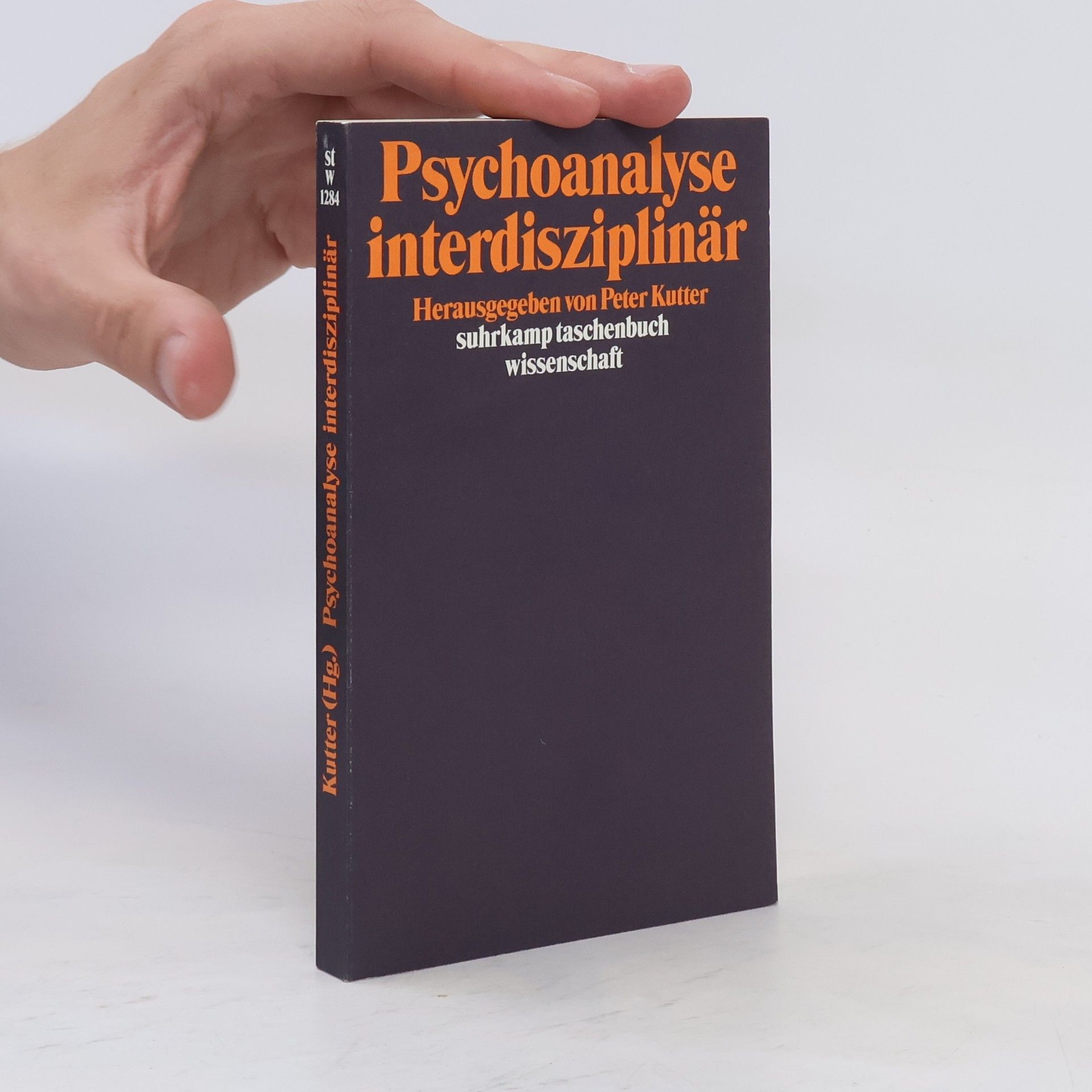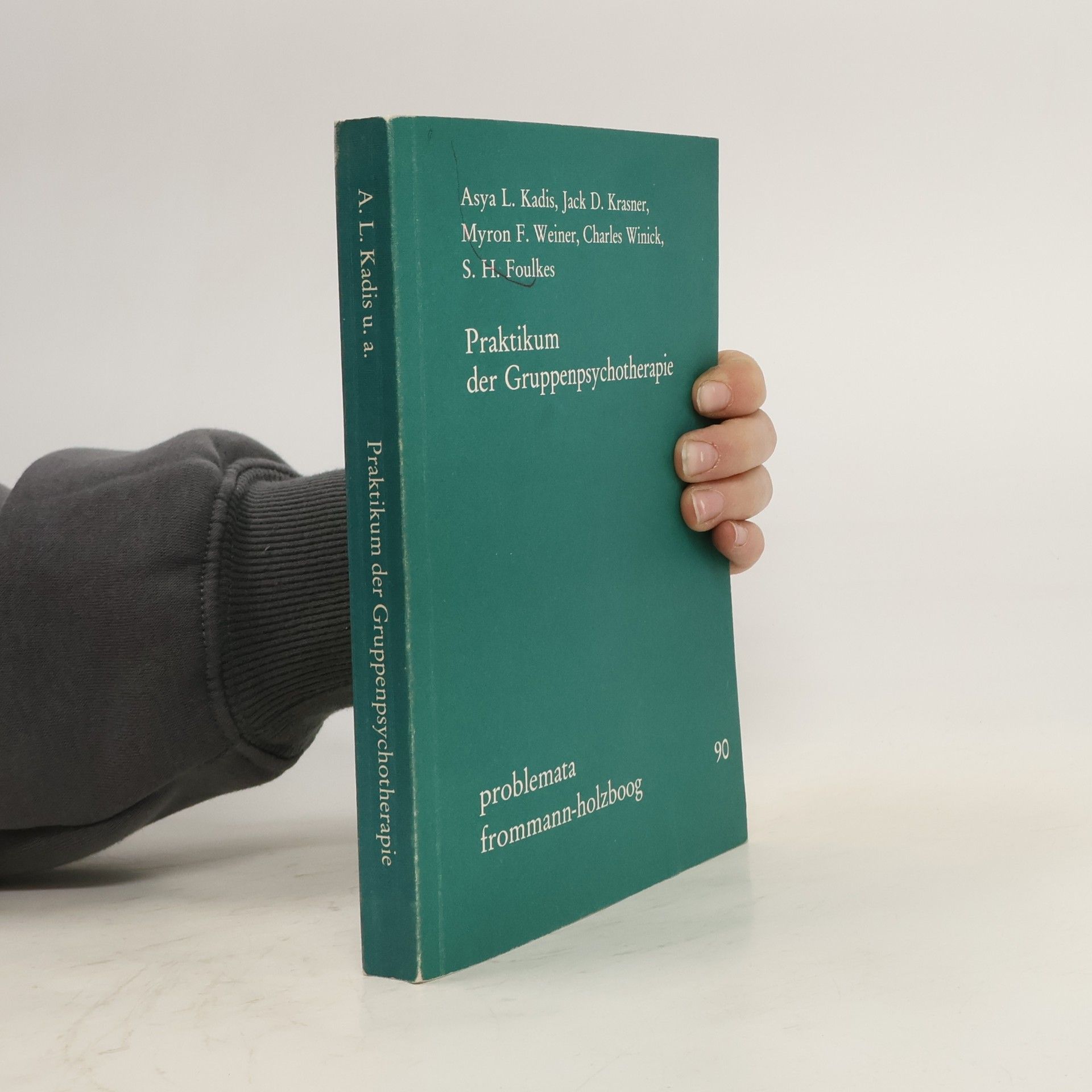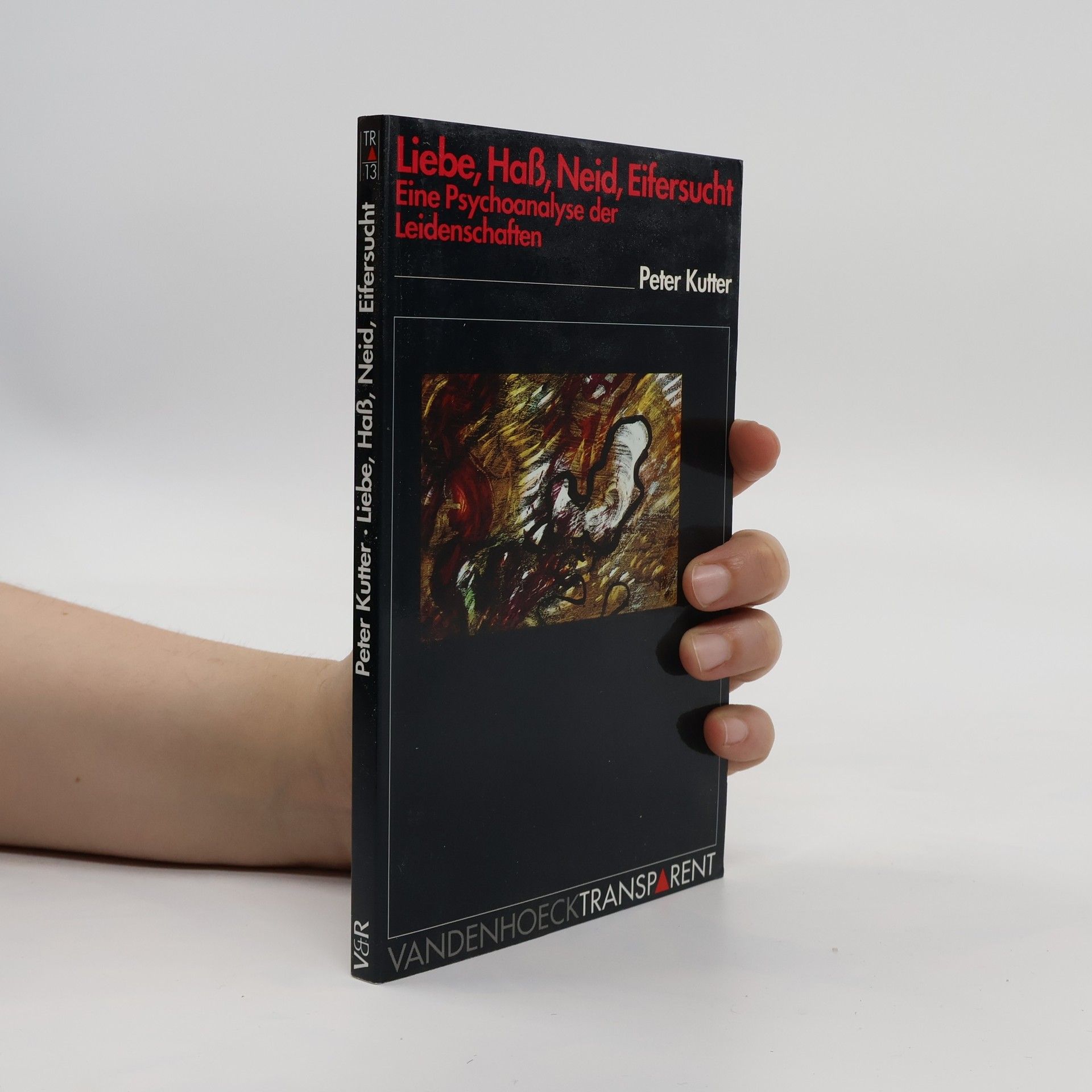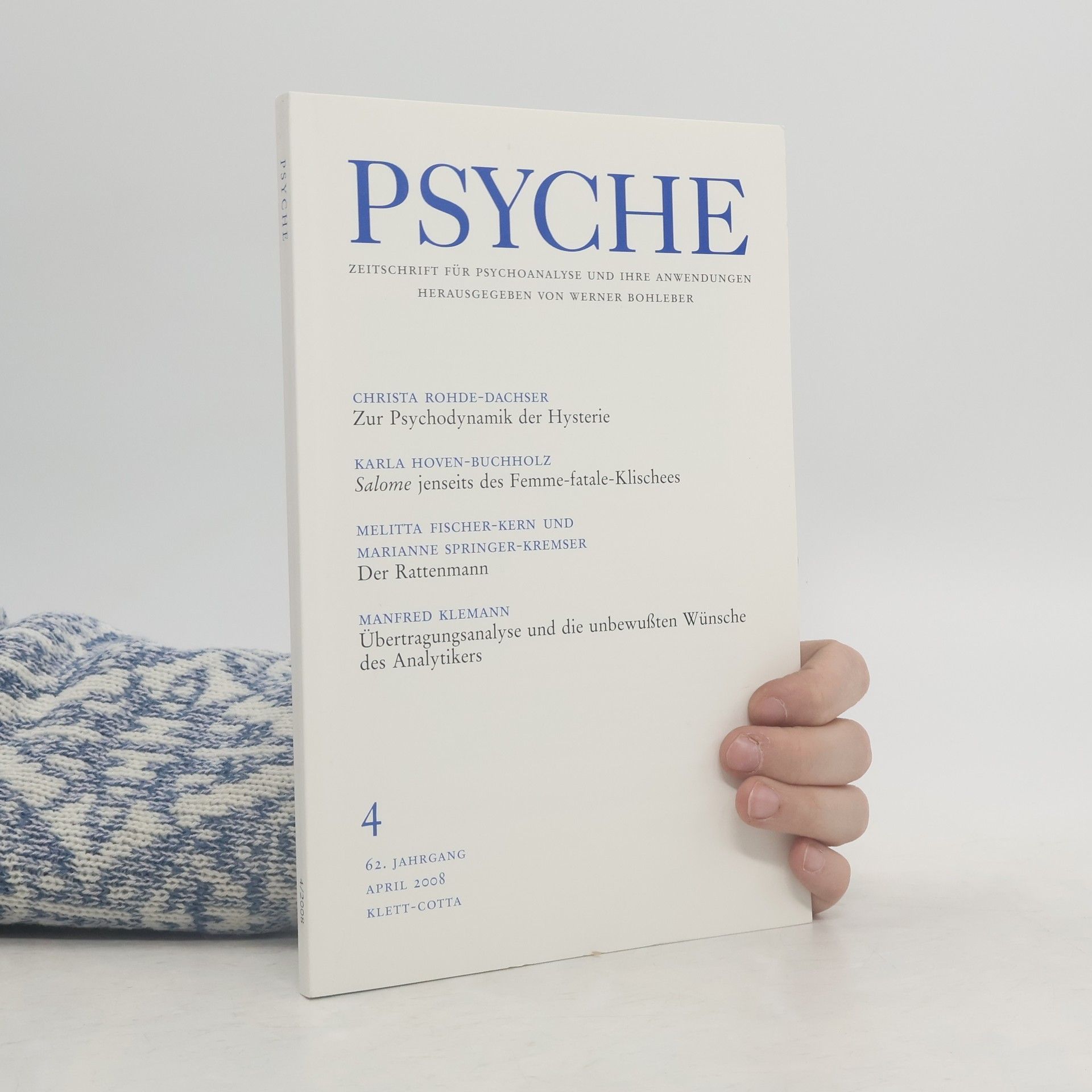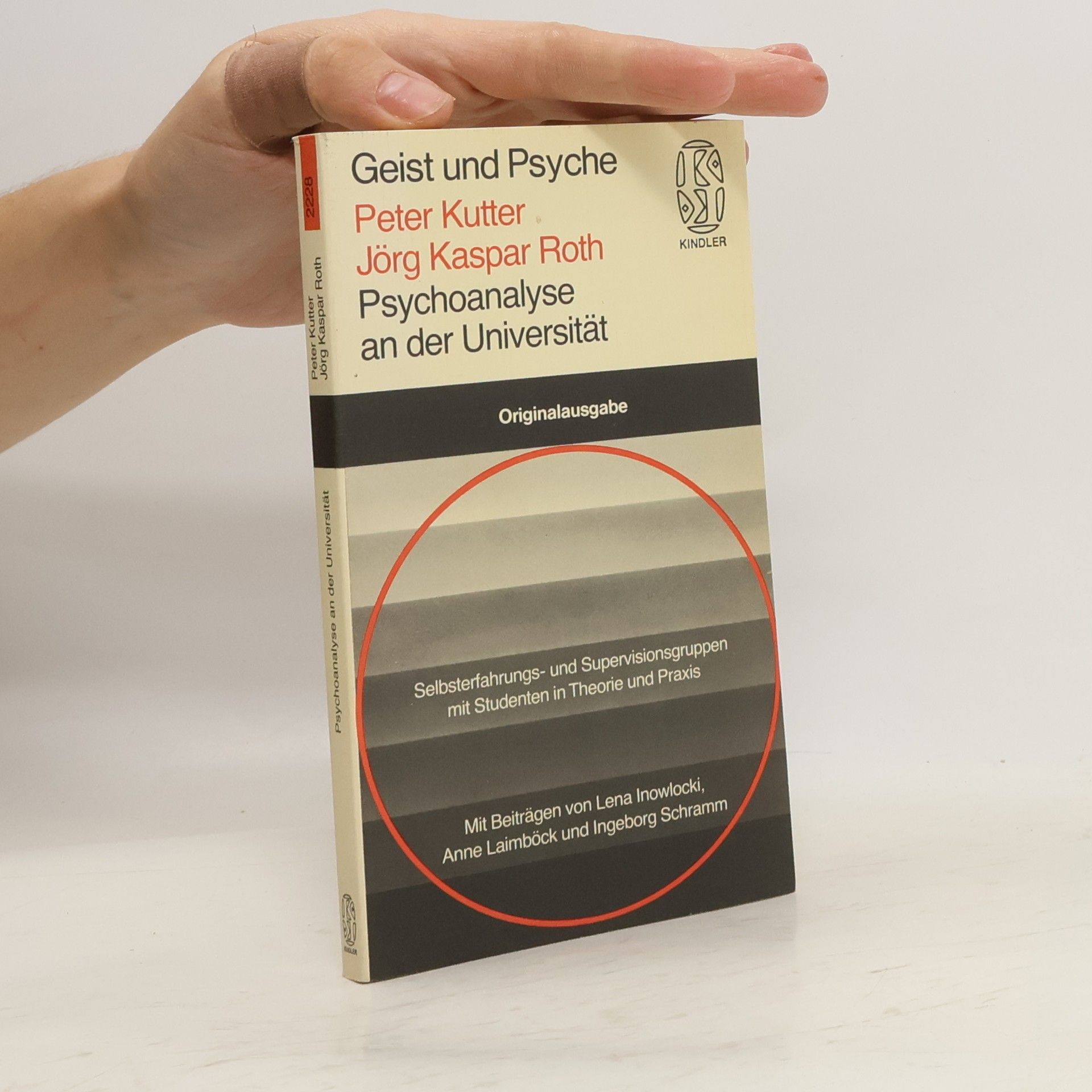Psychoanalyse
- 427 pages
- 15 hours of reading
Die Psychoanalyse ist seit ihrer Gründung durch Freud vor 100 Jahren umstritten, hat Kritik ebenso erfahren wie Abweichungen und Weiterentwicklungen. Das Buch schildert die bewährten traditionellen Grundlagen ebenso wie die wesentlichen neueren Strömungen der letzten Jahre. Damit umfasst es den gesamten Kernbereich der Psychoanalyse, ihre spannende Geschichte, ihre Position in der Landschaft der Wissenschaften, ihre Entwicklungspsychologie einschließlich der Ergebnisse der Säuglingsforschung, die Symbolisierungstheorie, die Traumlehre, die Krankheitstheorie und bietet einen Überblick über ihre vielfältigen Anwendungen. Das Ideal der psychoanalytischen Methode wird dabei genauso gewürdigt, wie die begrenzende Realität psychotherapeutischen Handelns respektiert wird.
